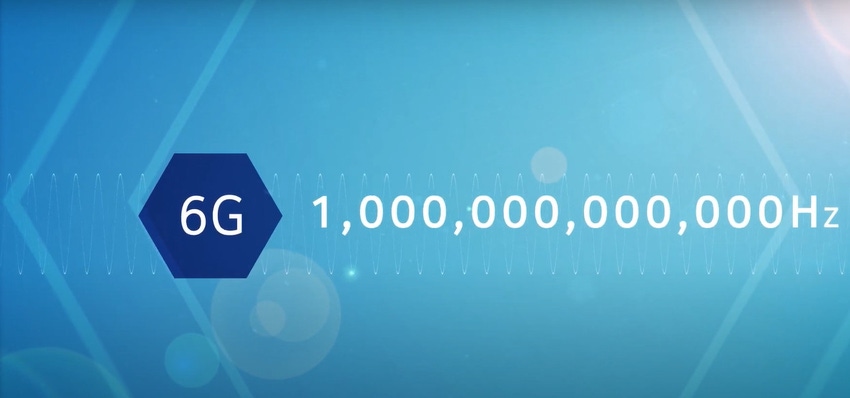Nokia details what it reckons the point of 6G will be
Finnish kit vendor Nokia has decided to have a go at describing what the next generation of mobile communication technology will be all about.
January 20, 2022

Finnish kit vendor Nokia has decided to have a go at describing what the next generation of mobile communication technology will be all about.
Specifically it was Bell Labs and its Core Research President Peter Vetter, in a blog/press release titled ‘Nokia’s vision for the 6G era’. If you want to hear it straight from the horse’s mouth, so to speak, check out Vetter’s video at the bottom of this story.
“Imagine a world that fuses the digital, physical and human domains to create revolutionary immersive experiences,” opens the blog, establishing a persistent theme. According to Nokia 6G is connected technology being so ubiquitous that the lines between human beings and the technology they use become blurred. Sounds great.
Cybernetic organisms and Terminator stuff spring immediately to mind but that’s probably giving Nokia and the other 6G stakeholders too much credit. More likely will be a milder dystopia in which there’s no escaping the predations of US hyperscalers like Google, Facebook and Microsoft, who will track our every move and have a god-like ability to punish us for every transgression.
On a less hysterical level, 6G is likely to follow the broader trend of even-numbered generations delivering on the promises made by their predecessor. The Nokia blog lists all the great stuff 5G has supposedly enabled but then says “6G will meet these expectations and even go beyond by reformulating the very concept of network communications.”

Here are six major features the blog identifies:
In 6G, Nokia Bell Labs expects AI/ML will go from an enhancement to a foundation by taking a clean slate approach, allowing it to determine the most suitable interaction between two endpoints.
The new pioneer spectrum blocks for 6G are expected to be at mid-bands 7 – 20 GHz for urban outdoor cells, enabling higher capacity through extreme MIMO. 6G will further build on 5G-Advanced and take localization to the next level by leveraging on wide spectrum and new spectral ranges all the way up to terahertz.
A very exciting innovation that 6G will bring to the table would be its ability to sense the environment. The ubiquitous network becomes a source of situational awareness, collating signals that are bouncing off objects and determining type and shape, relative location, velocity and perhaps even material properties.
6G will further refine the Ultra-Reliable Low-Latency Communication (URLLC) service that began with 5G to help address extreme connectivity requirements in highly specialized subnetworks at the endpoints of the wide area networks. Network reliability could be amplified through simultaneous transmission and multiple wireless hops.
6G with its new network and service orchestration solutions, combined with fully cloud-native principles and the advances made in AI/ML across all network functions will result in an unprecedented network automation and agility that will bring the most optimal service at the lowest possible operating costs.
6G networks will be designed to provide trusted services on a zero-trust infrastructure and protect against such larger scale traditional threats as well as new threats like jamming of mission critical private networks. Privacy issues will also need to be taken into cognizance when new mixed-reality worlds combining digital representations of real and virtual objects are created.
So there you go. That’s the sort of thing you can expect to be getting up to by the end of this decade. The ulterior motive for publishing this blog is for Nokia to position itself as at the cutting edge in 6G development, which it may well be. Mobile technology standards are a collective effort, however, and hopefully the US will wind its neck in enough to allow full collaboration from China. The alternative is a forked standard, which will probably render a lot of this utopian talk somewhat redundant.
About the Author(s)
You May Also Like








.png?width=300&auto=webp&quality=80&disable=upscale)


_1.jpg?width=300&auto=webp&quality=80&disable=upscale)


.png?width=800&auto=webp&quality=80&disable=upscale)